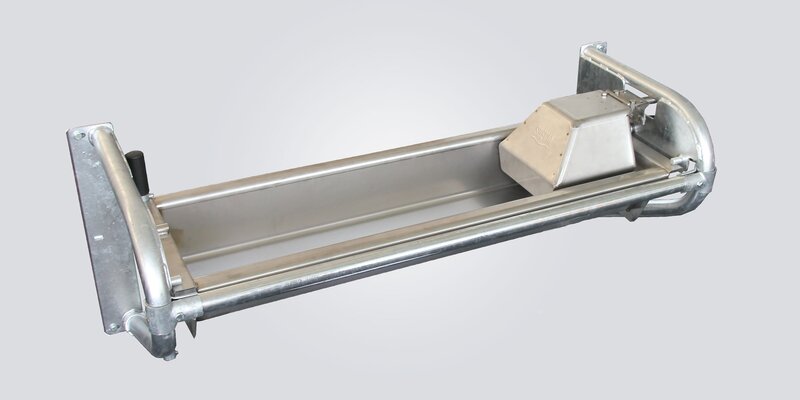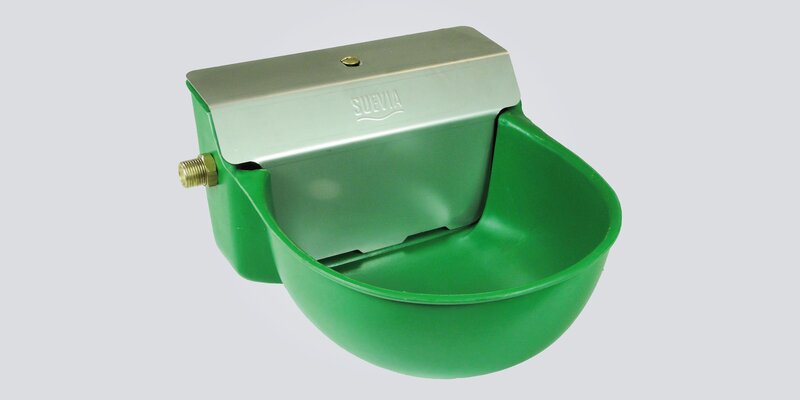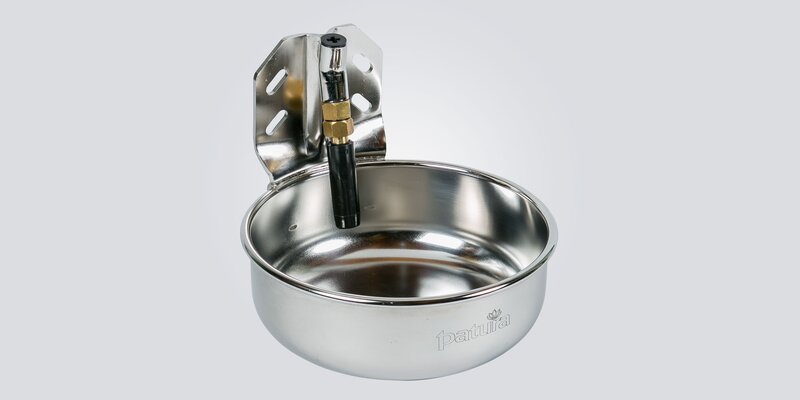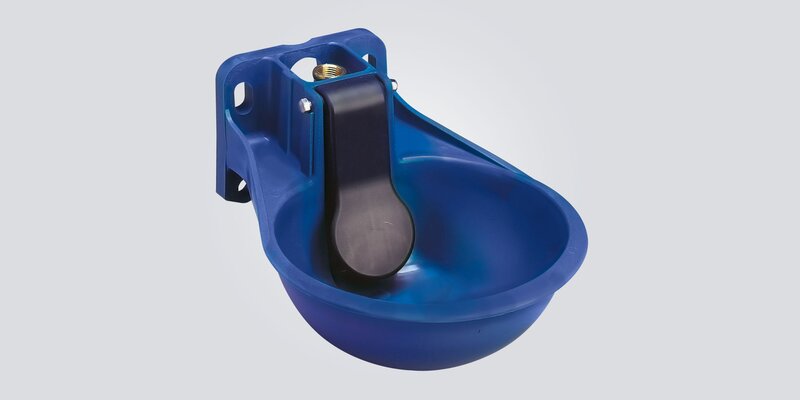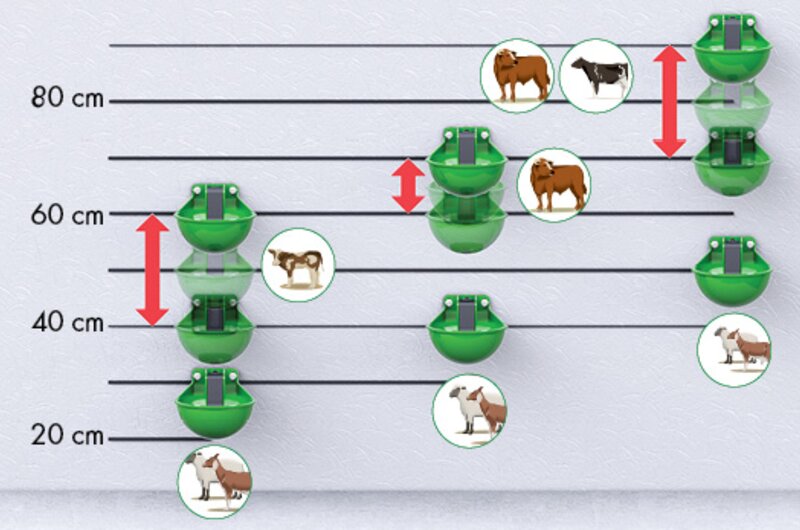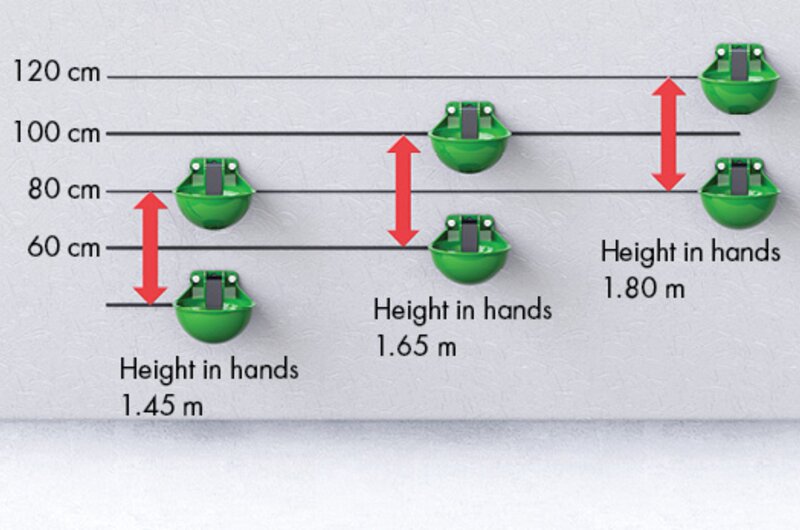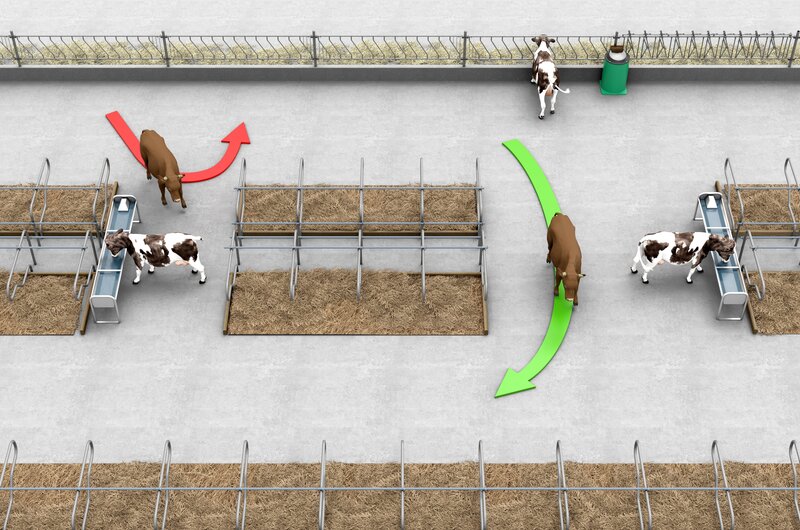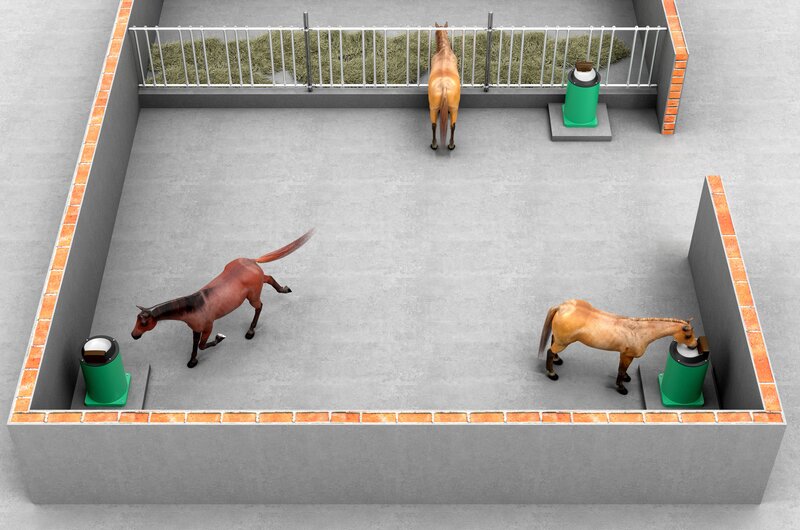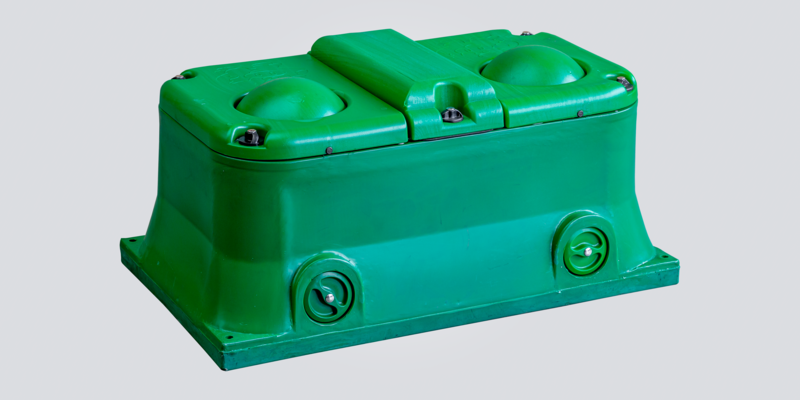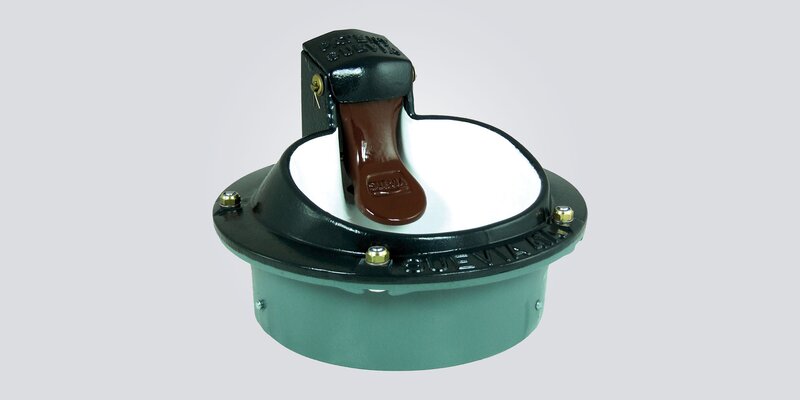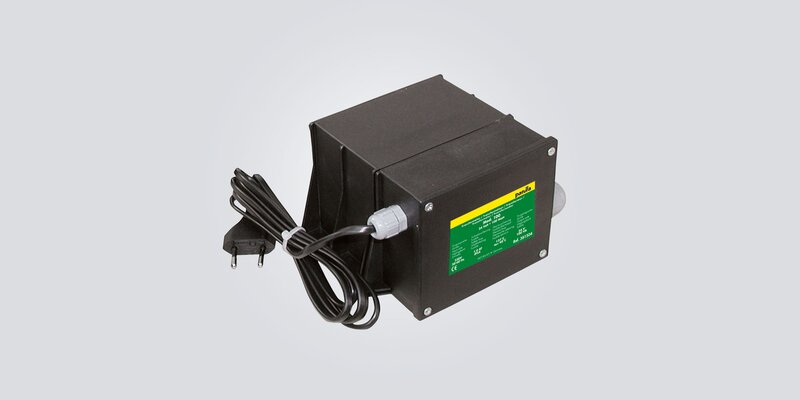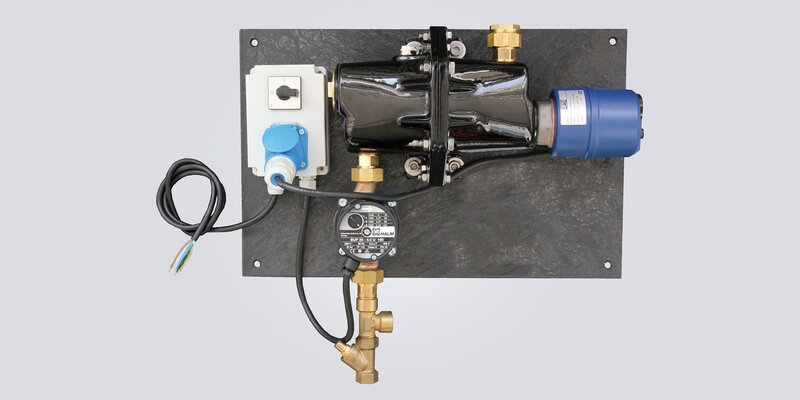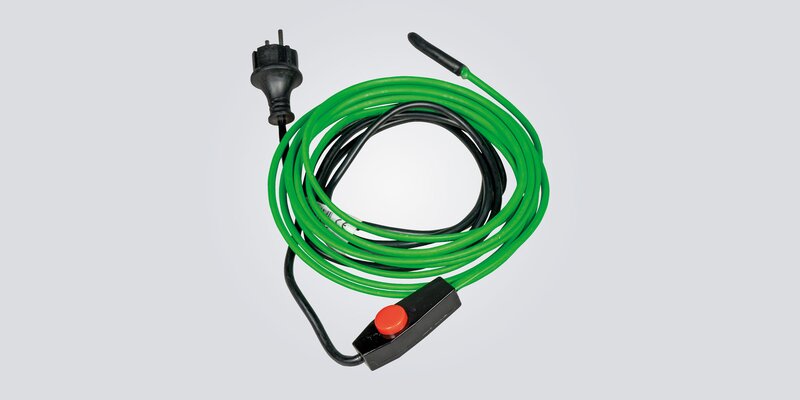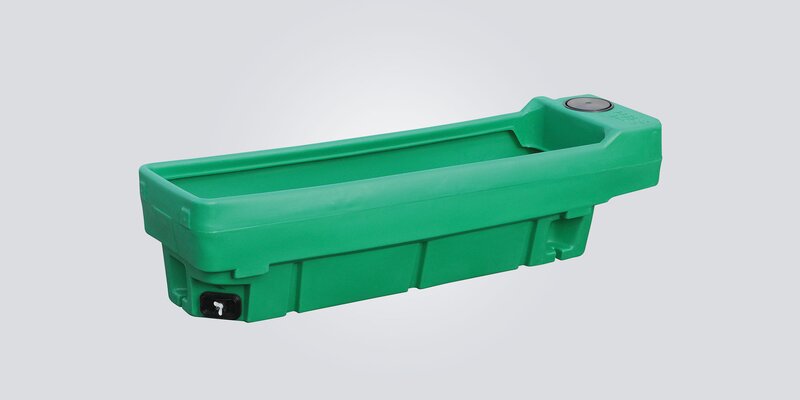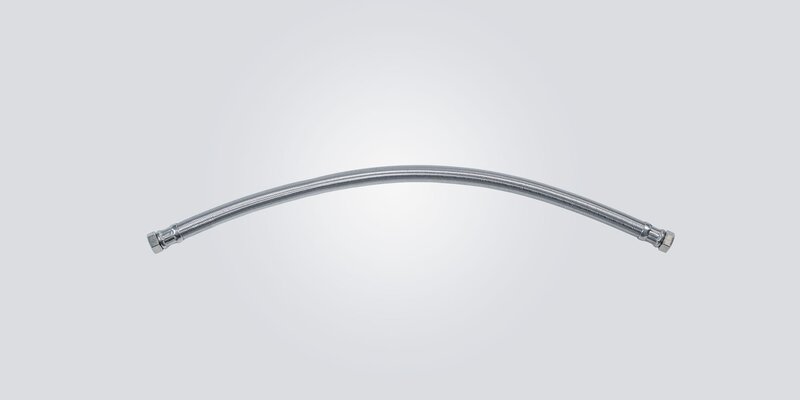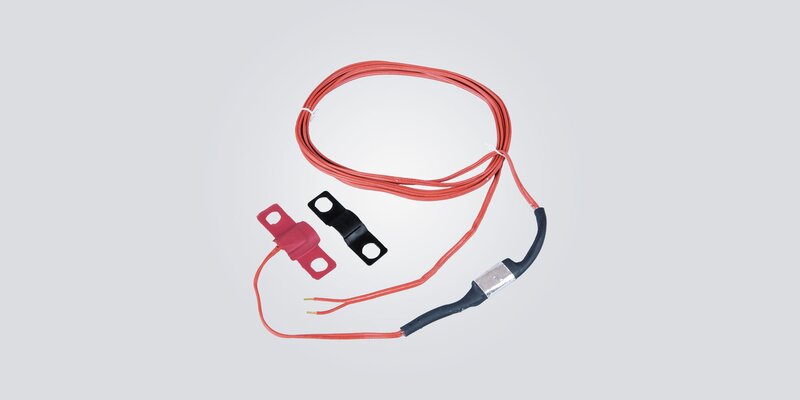Water is the most important and cheapest food for your animals. For this reason good quality water should always be provided in sufficient quantity. During the planning period various aspects and legal requirements have to be observed. The right choice of the drinker and an appropriate location are important basic requirements for a good supply and therefore healthy animals. Equally important is to ensure a proper and safe installation.
We advise you in the selection of drinkers, to inform you about its operation and the right location to install. Your installer advises you regarding the correct installation materials and correctly connects your drinker to the water and main supply, according to the norm.
The following standards and specifications should be observed:
- Electrotechnical standards (low voltage directive, earthing regulations, electrical installation regulations in agriculture VDE 0105-115, requirements of energy saving law)
- Drinking water ordinance and regulations of the local water suppliers (DIN1988, EN1717)
- National and local safety regulations
- Ordinance on Industrial Safety and Health (VSG 1.1)
- Regulations for fire prevention and insurance guidelines
Criteria for selection of the adequate water trough
- Does the type of water trough match the animal type and age of the animal?
- Do the water quantity per minute, the water volume and the number of drinking places correspond to the needs of the animal or the animal group?
- Is the water trough suitable for the type of housing (single or group)?
- Is the water trough heatable which means suitable for installation in cold or open housing?
Criteria for correct installation
- The height of the water trough has to be adjusted to the size of the animal
- Keep away from the feeding site in order to avoid that the feed will get wet and the troughs will get soiled with the feed
- Choose installation site in free-stall barns so that drinking animals do not obstruct other animals
- Place the troughs in such a way that they are protected from damage (by kicks, or pushing)
- Water and electric lines must be protected against browsing
- Positioning in such a way that soiling with excrements is not possible
Optimal water troughs for cattle, sheep, goats and horses
1. Open Water Troughs
"drinking from open water surfaces in nature is typical for pasture livestock" better than
2. Float Valve Bowl
"ideal for young stock and sensitive animals" better than
3. Pipe Valve Bowl
"suitable for all types of animals" better than
4. Nose-Paddle Bowl
"rugged, more difficult to activate, for fattening animals"
Water requirements for cattle, sheep, goats and horses
| per day |
per minute |
|
| Cattle | 60 - 180 l | 15 - 20 l |
| Cattle, 1 year and older |
25 - 70 l | 10 - 15 l |
| Cattle, under 1 year |
15 - 30 l | 5 - 8 l |
| Calves up to 6 months | 5 - 25 l | |
| Goats / Sheep | 2 - 12 l | |
| Large horses in pature, lactating |
15 - 60 l | 15 - 20 l |
| Small horse |
15 - 20 l |


